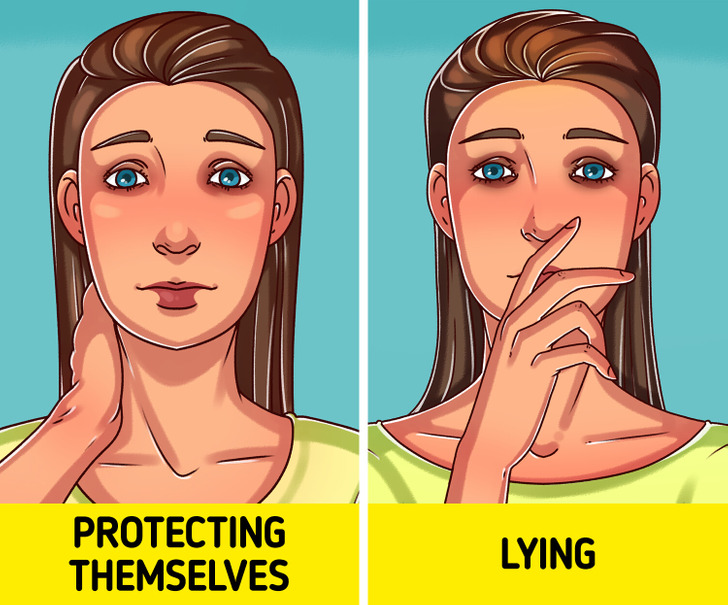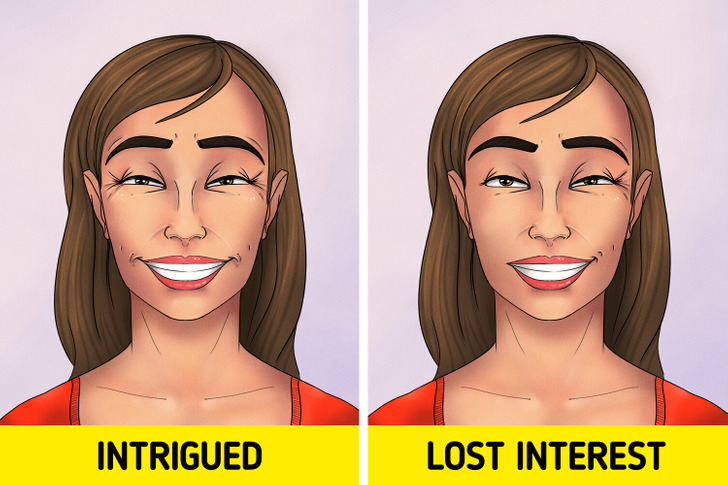Body language is a powerful tool that influences professional interactions and workplace dynamics. The way you carry yourself, make gestures, or express emotions can impact how others perceive you. Even unintentional nonverbal cues can send the wrong message, affecting career growth and professional relationships. Being aware of common body language mistakes can help you enhance your communication skills and create a positive impression in the workplace.
1. Excessive Use of Hand Movements

Using hand gestures while speaking is natural, but overusing them can be distracting and make you appear unprofessional. When hands move excessively, it can indicate nervousness or a lack of confidence. Controlled and purposeful gestures enhance communication, while excessive movements can confuse or overwhelm the listener. It is important to use hand gestures in moderation to maintain authority and clarity in professional settings.
2. Not Mirroring the Body Language of Others

Mirroring refers to subtly matching the posture, gestures, and expressions of the person you are speaking with. It helps build rapport and shows that you are engaged in the conversation. When this is not done, it may create a sense of disconnect. While mirroring should be natural and not forced, failing to do so can make interactions seem impersonal or detached, reducing the effectiveness of communication.
3. Nodding Too Frequently in Discussions

Nodding is a great way to show attentiveness, but excessive nodding can make it seem as though you are either overly eager to please or not truly engaged in what is being said. Instead of continuous nodding, respond with verbal affirmations and occasional nods to express agreement or understanding. Over-nodding may make you appear unsure, submissive, or lacking independent thought.
4. Over-Tilting the Head While Listening

A slight tilt of the head can signal attentiveness and curiosity, but excessive tilting may come across as overly submissive or uncertain. In professional settings, maintaining a balanced and upright posture conveys confidence and authority. If the head is tilted too much, it might send the wrong message, making you appear hesitant or less decisive.
5. Improper Handshake Techniques

A handshake is one of the first nonverbal cues in professional interactions. A weak handshake can make you seem insecure or uninterested, while an overly firm grip may appear aggressive. It is crucial to find a balance, ensuring a firm yet friendly handshake that conveys confidence and professionalism. Additionally, making eye contact while shaking hands strengthens the impression of engagement and trustworthiness.
6. Keeping Hands Inside Pockets While Standing

Standing with hands in pockets can signal nervousness, disinterest, or a lack of engagement. It may also make you seem less approachable. Keeping hands visible and using them naturally while speaking helps establish openness and confidence. When attending professional meetings or conversations, placing hands by your sides or using them for controlled gestures enhances your presence and communication skills.
7. Leaning on Walls or Furniture During Conversations

Leaning on walls, tables, or furniture can give the impression of laziness, disinterest, or over-familiarity. It may also appear unprofessional in workplace settings. Standing upright with good posture demonstrates attentiveness, engagement, and confidence. If the situation allows for a more relaxed stance, ensure that it does not come across as disengaged or too casual for the environment.
8. Frequently Touching Your Face While Speaking

Touching the face during conversations, such as rubbing the nose, playing with hair, or covering the mouth, can signal anxiety, dishonesty, or discomfort. It can also be distracting to the listener. Keeping hands away from the face and maintaining open, confident gestures help create a more trustworthy and professional appearance. Practicing mindful body language ensures clear and assertive communication.
9. Using an Unnatural or Forced Smile Too Often

Smiling is essential in building positive connections, but when smiles appear forced or excessive, they can seem insincere. A natural smile, timed appropriately, conveys warmth and approachability. Overusing a fake smile may make colleagues question authenticity. Being genuine in expressions and aligning facial cues with the context of the conversation enhances credibility and trustworthiness.
10. Repeatedly Shrugging the Shoulders

Shrugging can indicate uncertainty, lack of confidence, or indifference. Frequent shrugging may make it seem as though you are unsure of your thoughts or unwilling to take responsibility. Instead of relying on this gesture, practicing clear and assertive body language conveys conviction and self-assurance. Maintaining an upright posture, using intentional hand movements, and avoiding excessive shrugging can significantly improve professional interactions.
Final Words
Body language plays a vital role in shaping professional interactions and career growth. Being mindful of nonverbal cues can improve communication, establish credibility, and create positive workplace relationships. Small adjustments in posture, gestures, and facial expressions can make a significant difference in how you are perceived. By eliminating these common body language mistakes, you can enhance your professional presence, build stronger connections, and achieve greater success in your career.


